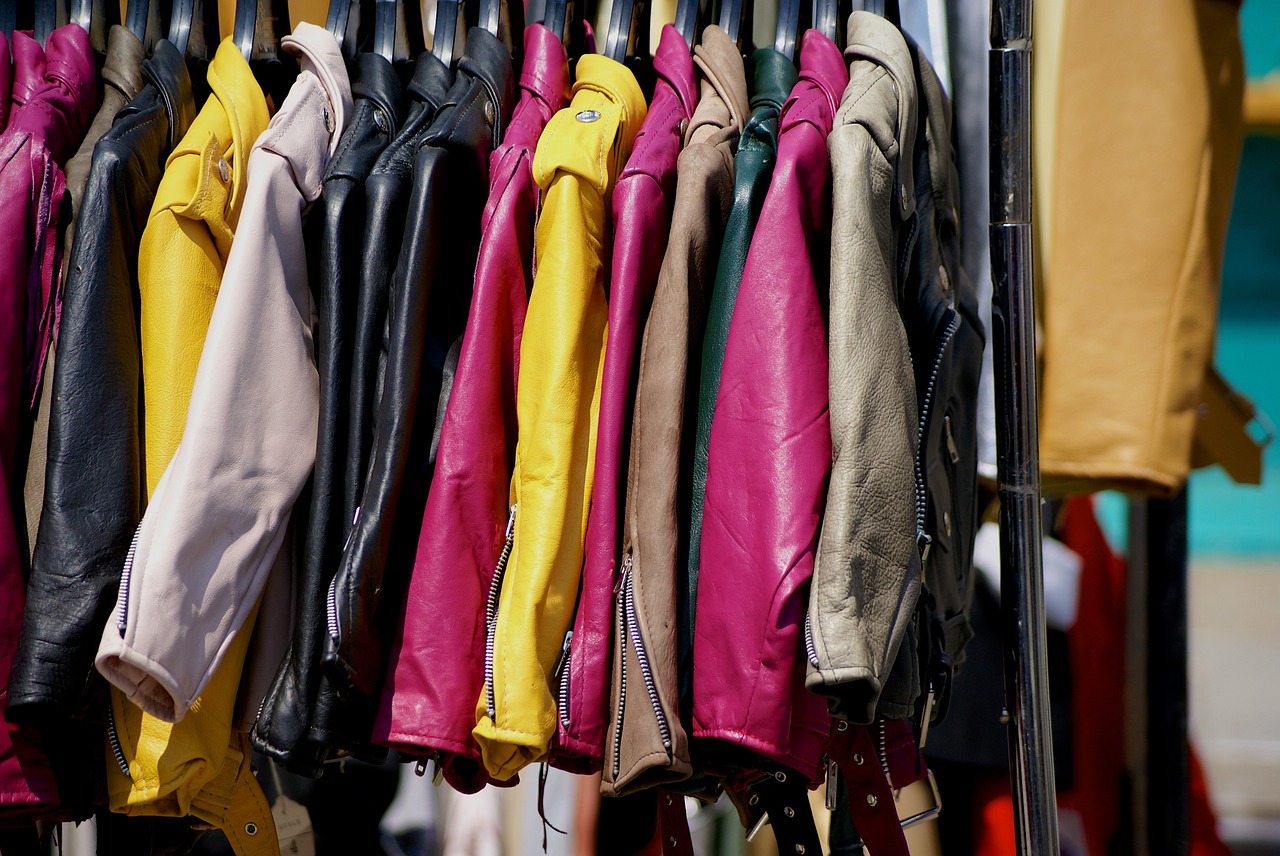
Otautahi – Research indicates that the best second-hand clothing sales strategy for the environment and business depends on the brand and the item.
The trade-in model is a win-win for planet and profit with highly durable products, like jeans, suits, and items from brands known for quality.
Waste in the fashion industry is a growing problem, as millions of pounds of textiles end up in landfill each year, according to an expert.
What’s the best secondhand clothing sales strategy for the environment and business? Depends on the brand and the item, research indicates.
More people are buying used clothing, pushing big names like REI, Levi’s, and Lululemon to open resale brands. In turn, the US apparel resale market is projected to exceed $US50 billion in revenue by 2023, according to ThredUp, an online consignment retailer that went public last spring.
Apparel companies once viewed used products as competition to their newest styles, but today many brands are looking for ways to resell preowned clothing and capture these customers.
With the trend toward a circular economy, retailers need to adopt a resale strategy that will maximise profits and minimize their climate impact.
University at Buffalo School of Management researchers say encouraging reuse seems like an eco-friendly move, but advocacy groups accuse some apparel firms of greenwashing or misrepresenting their impact.
Trade-in deals can incentivise customers to buy more and actually increase overall consumption. With this research, the researchers wanted to help companies align their business and climate goals.
To quantify the impact of these competing strategies, the researchers turned to game theory. This is a scientific way to model real-world decision-making between competing player, in this case companies and customersbased on a series of interactions or conditions.
In addition to profitability, they evaluated a product’s environmental impact across its life cycle, including production, use, resale, and disposal.
Their findings showed the trade-in model is a win-win for planet and profit with highly durable products, like jeans, suits, and items from brands known for quality, like Patagonia. With this strategy, companies set higher prices for quality pieces, thus increasing revenue.
Environmentally, the trade-in model is ideal when a piece’s impact mainly comes from regular use and washing, as is the case with many durable products.
Conversely, the peer to peer strategy keeps costs low, helping to boost profits. The model is a win-win for pieces with moderate to low durability where the bulk of their carbon footprint comes from production, making it a smart move for brands like H&M.
Waste in the fashion industry is a growing problem, as millions of textiles end up in landfill each year.



